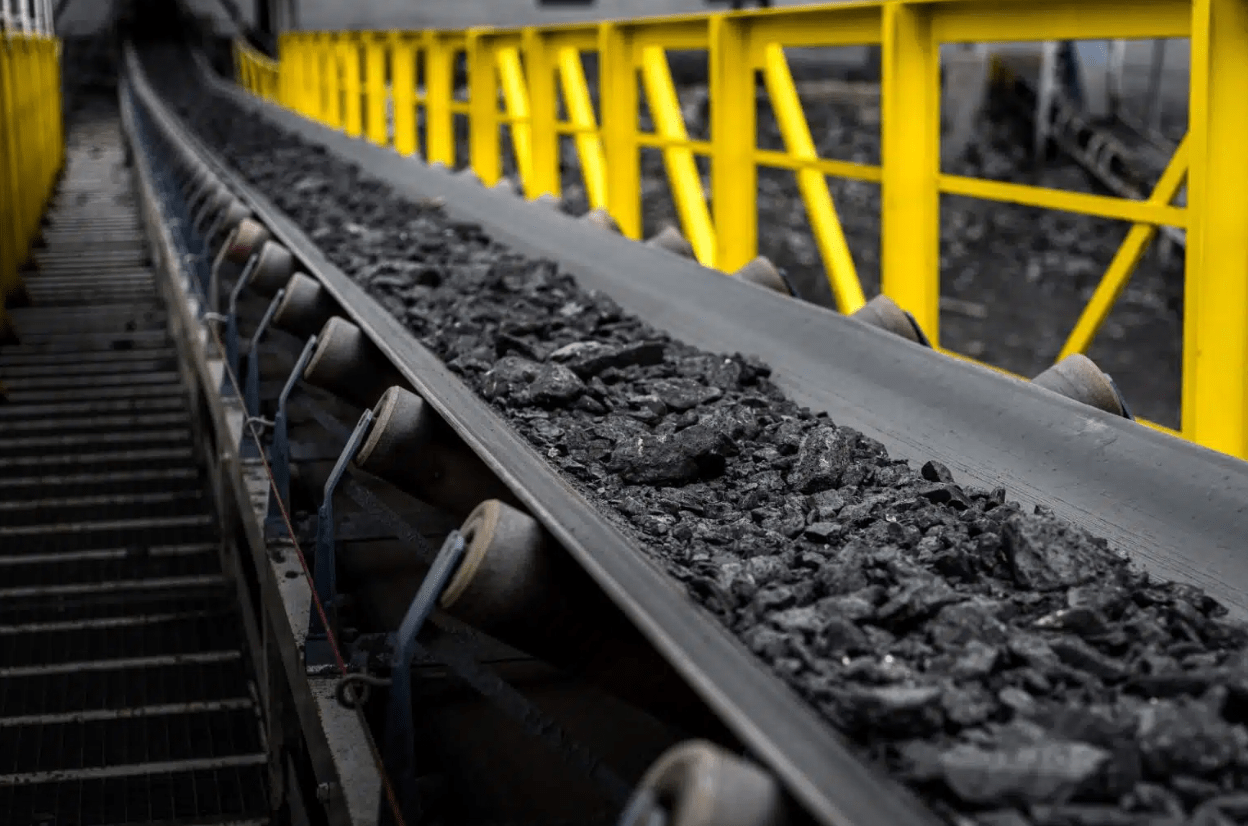
Variable speed conveyors allow you to fine-tune the speed at which your machinery moves bulk materials and reduce power consumption and equipment strain during start-up and slow-down. By improving flexibility and reducing wear and tear on machinery, variable-speed conveyors help drive operational savings and predictable returns on your capital investment.
While somewhat more complex than fixed-speed conveyors and typically more expensive to install, they deliver lifelong benefits that justify the added investment, especially for large-scale, long-haul transport of bulk materials like aggregates and ores.
In this blog, we look closer at how variable speed conveyors work, what is involved in installing or converting a conveyor to a variable speed unit, and the specific benefits variable-speed equipment offers your haulage operation.
Read on to learn more about the benefits of variable-speed for conveyors hauling bulk materials.
HOW DO VARIABLE SPEED CONVEYORS WORK?
Variable-speed conveyors are powered by a variable-speed drive. The heart of a variable-speed drive is usually an AC induction motor connected to the conveyor system via a drive pulley and gearbox.
A variable frequency drive (VFD) starter is used to control the speed of the electric motor by adjusting the frequency of the electrical power supplied to it. These drives convert incoming AC mains power to the required frequency and voltage to drive the motor, and consequently the belt, at a particular speed.
HOW ARE VARIABLE DRIVE CONVEYORS INSTALLED?
For new build installations, an experienced equipment provider like West River Conveyors can match your variable speed motor’s speed and torque to the weight and consistency of your product and the distance and terrain the conveyor needs to cover.
It’s also possible in some cases to convert an existing fixed-speed conveyor to a variable-speed driver. Our team will work with you to determine whether your existing motor is compatible with a variable-speed drive. If not, it may be necessary to replace your motor with one designed for variable-speed operation.
Once installed, newly built and converted variable-speed conveyors must be programmed and commissioned to work properly with your application. This involves setting parameters such as motor speed, acceleration/deceleration rates, and control modes.
6 BENEFITS OF VARIABLE SPEED DRIVES FOR CONVEYORS
Why should you consider a variable-speed conveyor for your heavy haul operation? Let’s break down six of the top benefits of making the switch.
1. THROUGHPUT EFFICIENCY
Variable-speed conveyors let you optimize throughput by giving you the ability to adjust speed through motor control to match production rates. That reduces the risk of bottlenecks or spills and increases overall system efficiency.
2. ENERGY SAVINGS
Variable-speed conveyors give you the ability to match conveyor speed with material flow rates and process demands, saving energy. Reducing energy consumption can mean significant cost savings compared with fixed-speed systems because operational speeds can be optimized to the demands of your material, conveyor length, and terrain.
3. COST SAVINGS
The smooth acceleration and deceleration offered by VFDs reduce wear and tear on critical components like belts, drive pulleys, and bearings. Decreased mechanical stress and wear means longer component life, less frequent replacements and repairs, and reduced maintenance costs. That all adds up to measurable operational cost savings.
4. FLEXIBILITY
Variable speed conveyors also give you the ability to adjust your conveyor operation to accommodate fluctuations in production, transporting more or less material as conditions require. It also increases your ability to handle materials with different size, weight, or density requirements, meaning the same conveyor can be used for multiple applications.
5. IMPROVED PRODUCT QUALITY AND CONSISTENCY
Variable speed conveyors ensure a consistent material flow. Better control of conveyor belt start-up and slow-down speeds reduces the risk of jams, pile-ups, and spills. For friable or delicate materials, such as coal, better speed control helps reduce handling-related damage.
6. ENVIRONMENTAL IMPACT
The improved line speed control offered by VFDs lessens the chance of catastrophic spills, reducing potential environmental impacts. The controlled acceleration and deceleration offered by variable speed drives also generate less noise during start-up and slow-down under load.
UNLOCK THE POWER OF VARIABLE SPEED CONVEYING
Is a variable speed conveyor right for your bulk material handling operation? It depends on your application, terrain, and the scale of your operation, as well as your production goals.
While up-front investment in variable speed technology might be higher, a properly planned installation will pay for itself in better returns on productivity, energy costs, and production flexibility. Partnering with the right equipment provider helps ensure you get the right equipment mix for your production needs.
West River Conveyors is a leading provider of variable-speed conveyors worldwide. We’ve provided effective, cost-saving equipment to mines, construction sites, and heavy-haulage operations of all types, moving materials from heavy ores to fly ash.
Talk to us about your heavy haulage needs. We’ll help you unlock the power, energy efficiency, and flexibility of variable speed conveying.

